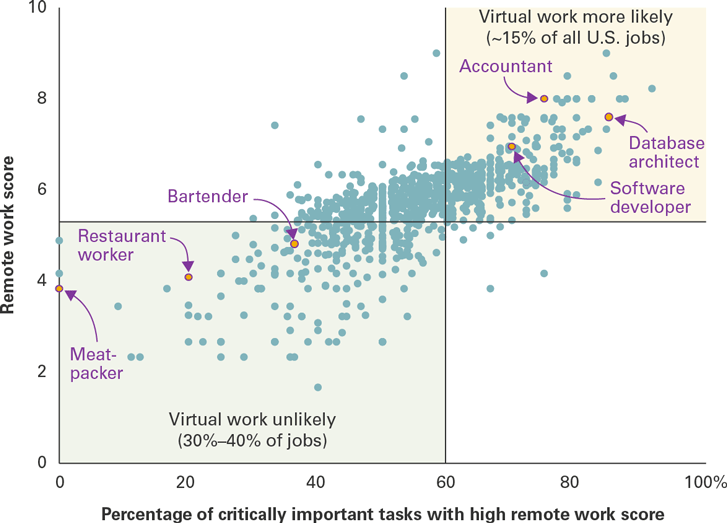In this edition...
- Financially engineered advice now standard Eric Armstrong, Client Director Synaptic Software Limited
- What do portfolios mean to advisers? John Warby, Senior Business Relationship Manager Synaptic Software Limited
- Take your firm’s asset allocation a step further than Nobel prize winning Modern Portfolio Theory Ross Holloway, Business Development Manager Synaptic Software Limited
- Risk Explorer infographic Editorial team, Synaptic Software Limited
- Quantifying the future of remote work Joe Davis, Global Chief Economist Vanguard
- Annuities: a key to smarter drawdown? Patrick Ingram, Head of Strategic Partnerships Parmenion
- Multi-asset investing that doesn’t cost the earth Mark Parry, Director, Head of Strategic and Technical Sales BMO
- MPS 2020 Review James Burns, Partner Smith & Williamson Investment Management LLP
- 2021 outlook positive, but risks remain Jon Cunliffe, Chief Investment Officer Charles Stanley
- The Chinese consumer revolution Janet Mui, Investment Director Brewin Dolphin
- EEE ESS GEE: The Sequel Steve Nelson, Head of research the lang cat
- Drivers and developments in sustainable multi-asset investing Maria Municchi, Fund Manager, Sustainable Multi Asset Fund Range M&G Investments
- RSMR Weekly Broadcast: the battle for content – deal or no deal? Richard O’Sullivan, Investment Research Manager RSMR
- COVID-19: Bringing operational financial strength into sharper focus Guy Vanner, Managing Director AKG
- Video - every adviser’s new best friend Martyn Pask, Director Asset TV
Due to Covid-19, many of us are working from home. But how many jobs, and what types, could become remote 100% of the time, even after an effective vaccine is eventually distributed?

"Roughly 15% of all US jobs could be conducted remotely. Although that percentage may sound small, it represents potentially over 20 million US workers. That's a large number."
Some of you may be reading this blog from a home workstation you configured as efforts were undertaken to keep workers safe from Covid-19. I discussed in a recent blog how such work-from-home arrangements represent a sharp acceleration of a trend that was already under way before Covid-19. But the big question for the economy is how many jobs, and what types, could permanently become remote 100% of the time, even after an effective vaccine is eventually distributed?
The answer could have undeniable effects on workers, employers and the economy. For example, if tech workers can just as easily do their jobs from home offices in Toledo or Tulsa or Topeka, do Silicon Valley firms need vast California campuses? And what would that mean for businesses that rely on such a concentration of workers and for commuting patterns? What would it mean for real estate prices, both commercial and residential?
Evaluating the future of remote work

Note: Data as of 30 September, 2020.
Source: Vanguard calculations, using data from the US Bureau of Labor Statistics O*NET database.
Our 2018 Vanguard research paper The Future of Work found that, contrary to some reports, technology isn't widely causing jobs to disappear, but it is profoundly changing nearly all of them. A job is broadly the sum of its tasks. Our paper examined the 41 work activities, or tasks, that make up the nearly 1,000 occupations tracked by the US Department of Labor and found that, since 2000, tasks have widely shifted from being basic and repetitive toward "uniquely human" tasks that rely on creative problem-solving.
In that study, we focused on the number of jobs needed in the future (answer: more in total), without worrying about where those jobs were located and whether certain ones could be done remotely. But as the graphic shows, we've now done just that. We updated our task framework within the Labor Department's universe of occupations. Now, though, we've scored each occupation's associated tasks on a scale of 0 to 10 for remote-work potential. A score of 0 represents a task that can't be accomplished remotely at all, while a 10 represents a task that can be performed entirely remotely with equal effectiveness.
We then looked at which tasks were critically important to a given job. For example, a bartender's work includes the critically important task of mixing drinks but also the not-critically important task of data entry.
Finally, we assessed which occupations had a high overall remote score among critically important tasks. We find, as you can see in the graphic, that roughly 15% of all US jobs could be conducted remotely. Although that percentage may sound small, it represents potentially over 20 million US workers. That's a large number.
Our assessment included a conservative threshold of 60% for critically important tasks, meaning that some effectiveness could be "lost" with certain tasks being done remotely, but that 60% effectiveness was good enough to complete the task. A higher threshold would mean that fewer occupations and workers could permanently work remotely.
The first takeaway of our remote-work assessment
Perhaps our graphic's most intriguing feature is the high percentage of occupations in the middle - the dots between all-remote and the pre-pandemic normal. This suggests to me that a hybrid model for the future of work may emerge for many of us, one in which remote work may suffice for days or weeks at a time, but not the entire year. After all, while a job may be the sum of its tasks, a career involves much more. There are many "uniquely human" tasks than many occupations share; such as training, mentoring, and collaboration for which fully remote work may pose challenges.
In the Vanguard Economic and Market Outlook 2021: Approaching the Dawn, we discuss trends that may have been either accelerated (such as remote work) or altered by Covid-19 and assess their economic and market implications.
But our initial read of remote work, using our data-driven framework, suggests that for many of us, the future of work will be like neither the past nor the present. It suggests that, for certain occupations, a hybrid model may emerge that combines the power of social interaction with the flexibility of remote work.
For more information, and to view our latest research, visit www.vanguard.co.uk/advisers.
Investment Risk Information
The value of investments, and the income from them, may fall or rise and investors may get back less than they invested.
Important information:
For professional investors only (as defined under the MiFID II Directive) investing for their own account (including management companies (fund of funds) and professional clients investing on behalf of their discretionary clients). In Switzerland, this document is directed at professional investors and should not be distributed to, or relied upon by retail investors.
The material contained in this document is not to be regarded as an offer to buy or sell or the solicitation of any offer to buy or sell securities in any jurisdiction where such an offer or solicitation is against the law, or to anyone to whom it is unlawful to make such an offer or solicitation, or if the person making the offer or solicitation is not qualified to do so. The information in this document does not constitute legal, tax, or investment advice. You must not, therefore, rely on the content of this document when making any investment decisions. The material contained in this document is for educational purposes only and is not a recommendation or solicitation to buy or sell investments.
Issued by Vanguard Asset Management, Limited which is authorised and regulated in the UK by the Financial Conduct Authority. Issued by Vanguard Investments Switzerland GmbH.
© 2021 Vanguard Asset Management, Limited. All rights reserved.
© 2021 Vanguard Investments Switzerland GmbH. All rights reserved.
Sign up for updates
Keep up to speed with everything you need to know each quarter, by email or post.


